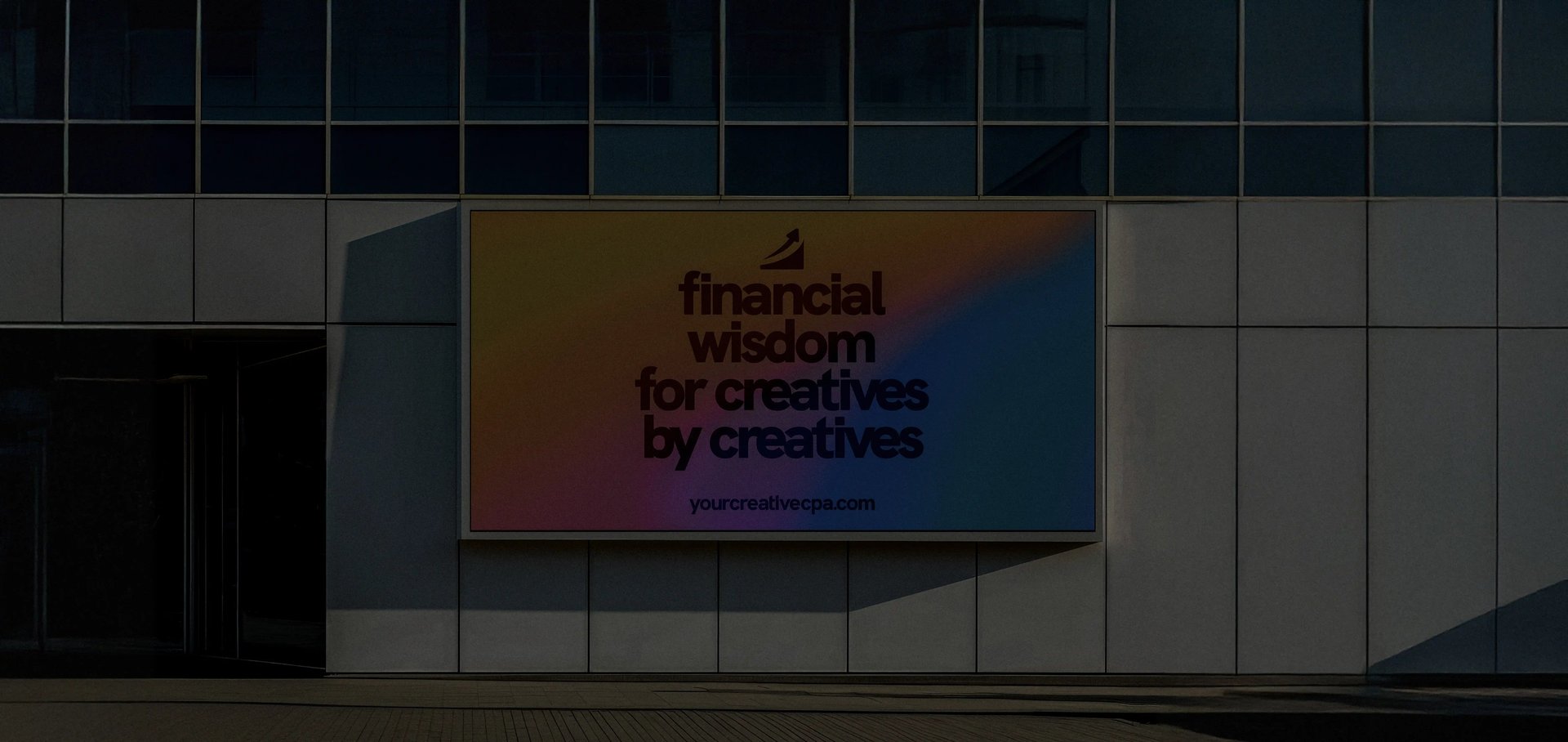
Easily Understand Your Finances With The Financial Health Check Template Today
Quick Answer: What Are Liabilities?
Learn what liabilities are, when they can be beneficial, when they can be risky, and more.
BUSINESSACCOUNTINGQUICK ANSWER
David Kindness, CPA
4/25/2025



Quick Answer: What Are Liabilities?
Published on April 24, 2025
Written by David Kindness, CPA
Why you can trust Your Creative CPA
Our content is written, edited, or both by industry experts who are creative entrepreneurs just like you. Learn more.
Liabilities are financial debts or obligations that your business owes to others. This can include credit card debt, loans, unpaid bills, mortgages, or any other financial responsibilities that must be settled in the future.
Understanding liabilities is crucial for managing your business’s financial health. Let’s break down what they are, with examples, below.
Types of Liabilities
Liabilities fall into two main categories: current liabilities and long-term liabilities.
1. Current Liabilities
Current liabilities, also known as short-term liabilities, are short-term debts that must be paid off within one year. They often include...
Accounts payable (unpaid bills to suppliers)
Short-term loans
Credit card balances
Wages payable (employee salaries not yet paid)
Taxes owed
2. Long-Term Liabilities
Long-term liabilities are debts that must be paid off in more than one year. They often include...
Business loans (with repayment periods longer than a year)
Mortgages on property
Lease agreements
Bonds payable
Why Liabilities Matter
Liabilities aren’t inherently bad—they often help businesses grow. Taking on a loan to buy equipment or leasing a space can fuel expansion. However, too much debt can strain cash flow and hurt profitability.
Keeping track of liabilities allows you to...
Assess your financial health by making sure your liabilities aren't too high relative to your assets. High liabilities vs. assets could signal financial risk.
Plan repayments to avoid overpaying on interest, align your cash inflows and outflows, and keep your creditors (and your credit score!) happy.
Improve your creditworthiness by managing debt responsibly, making payments on time, and ensuring that you don't have too much debt relative to your income.
Liabilities vs. Assets
While assets (like cash, inventory, or property) add value to your business, liabilities represent claims against that value. The value could include cash in your bank account, camera gear, art supplies, etc. For small loans, your savings are usually the "collateral" on the loan. For larger loans, your house or even your car could act as collateral (if you choose to use it as collateral!).
The relationship between assets and liabilities is key, and can be represented using what's known as the "Balance Sheet Equation":
Assets = Liabilities + Owner’s Equity. This means what your business owns (assets) is financed either by debt (liabilities) or owner's equity (which is your ownership in your business).

Liabilities are financial debts or obligations that your business owes to others.

Frequently Asked Questions (FAQs)
What are examples of liabilities?
Common examples include loans, credit card balances, unpaid bills from clients or suppliers (accounts payable), mortgages, student loans, car loans, and taxes owed. Liabilities can be short-term (due within a year) or long-term (paid over multiple years).
Are liabilities bad for a business?
Not necessarily! Liabilities like loans or leases can help businesses grow. However, too much debt can strain cash flow. The key is balancing liabilities with assets and income to maintain financial health.
How do liabilities affect a balance sheet?
Liabilities are a core part of the balance sheet equation: Assets = Liabilities + Owner’s Equity. They represent what the business owes, while assets show what it owns. Tracking both ensures accurate financial reporting.
Disclaimer: the information provided in this article is for educational purposes only and does not constitute tax, accounting, investing, legal, or financial advice. The information in this article does not take into account your unique financial or business situation or goals, and YCCPA cannot be responsible for reader's financial decision-making. YCCPA's goal is to educate and support you on your creative business journey.
Written by David Kindness, CPA
David is a CPA (Certified Public Accountant) and professional photographer, videographer, and designer based in San Diego, California. Learn more.
Supported by Ads
Your Creative CPA is supported by the ads you may see in our articles and guides. These ads help us serve creatives like you.







financial wisdom for creatives, by creatives

Created by David Kindness
© 2025 Your Creative CPA | Terms
type1wild.com partner
Exclusive guides and tools for creatives, right to your inbox.









